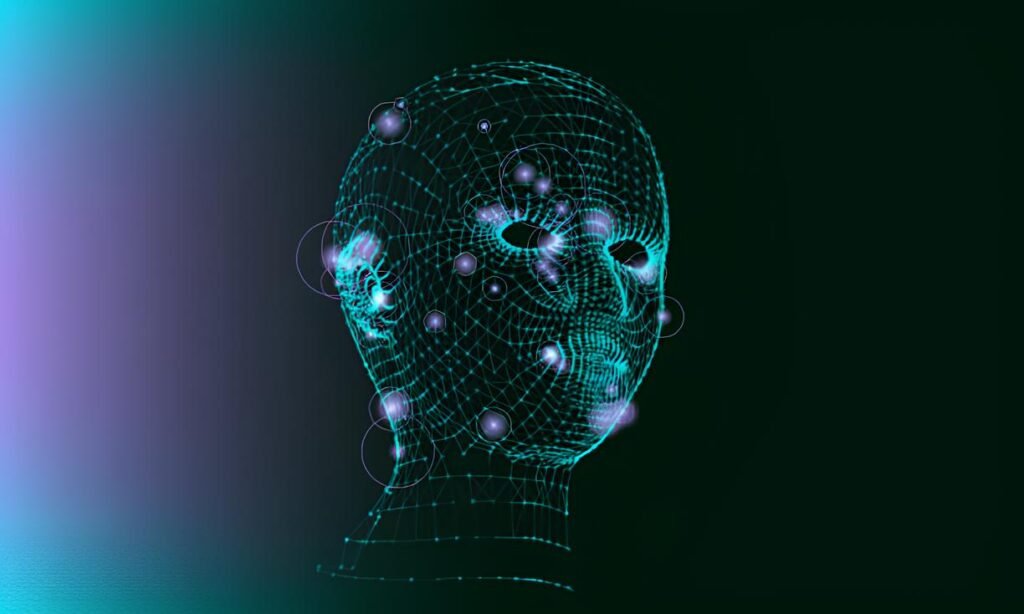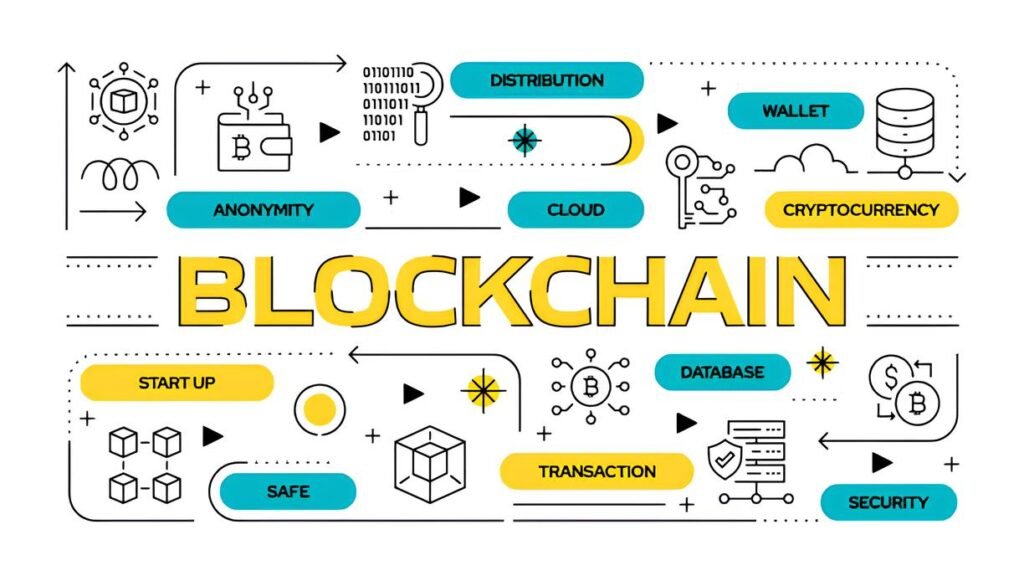How Facial Recognition Tech Infiltrated Darknet Communities
Imagine a technology designed to identify people in broad daylight suddenly becoming an invisible predator lurking in the shadows of the darknet. It wasn’t long ago that facial recognition was mostly the domain of airports, smartphone locks, and public surveillance cameras. Today, this technology has evolved—and controversially expanded—into places many assume to be safest under layers of pseudonyms and encryption: darknet communities.
What happens when tools built for security are turned upside down and become instruments of surveillance and control? How did facial recognition, once a visible face of modern law enforcement and corporate monitoring, creep into the discreet and secretive world of the darknet? This article sheds light on the surprising intersection between advanced biometric technology and the underground communities that thought they were immune.
In This Article
The Evolution of Facial Recognition Technology
Facial recognition has evolved rapidly in the past decade—from clunky, inaccurate systems to AI-powered algorithms capable of scanning tens of thousands of faces per second. Once reliant mostly on simple pattern matching, today’s technology integrates deep learning to understand subtler features like expressions, micro-movements, and even emotions.
The rise of smartphones embedded with front cameras and biometric unlocking pushed facial recognition into everyday use. At the same time, governments and corporations collected massive datasets, creating biometric gold mines. This expansion made it easier to match faces not only in public spaces but also across digital platforms, linking online profiles with real-world identities.
However, this technological progress, while beneficial for convenience and security, has opened new doors for surveillance far beyond its original intent.
Darknet and the Illusion of Anonymity
For years, darknet communities have been regarded as bastions of anonymity—places where users rely on pseudonyms, layered encryption, and networks like Tor to shield their identities. These protective measures offer substantial defense against traditional tracking methods like IP monitoring and browser fingerprinting.
Yet, the darknet is not a foolproof fortress. The reliance on encrypted communication does not fully inoculate users from emerging threats. What if identity leaks stem not from network flaws but from seemingly harmless user-generated content?
Darknet participants occasionally share images or videos as proof of authenticity, reputation, or services. These digital footprints, often overlooked, have become the weak link.
How Facial Recognition Entered Darknet Spaces
Facial recognition’s arrival in darknet circles came less as a deliberate invasion and more through a series of subtle shifts:
- User-Uploaded Images: Vendors and community members posting pictures to establish credibility unknowingly enable biometric profiling.
- Social Engineering and OSINT: Public social media and hacked databases, linked with profile pictures, allow AI-powered cross-references.
- Advanced Surveillance Tools: State and private actors use automated crawling bots capable of scraping darknet imagery and analyzing biometrics.
- Compromised Devices: Malware or spyware hidden in darknet apps can opportunistically capture camera feeds or images for facial data harvesting.
This integration has significantly blurred privacy boundaries, turning even secure darknet forums into hunting grounds for biometric matches.
Law Enforcement’s Biometric Arsenal
Agencies worldwide have quietly expanded their tech stacks to include facial recognition on darknet monitoring, capitalizing on both open-source intelligence (OSINT) and proprietary data. By collecting images from seized darknet marketplaces, undercover operations, and public interactions, authorities feed enormous facial databases designed to identify and track suspects.
Coupled with other metadata like timestamps, typographic patterns, and cryptocurrency transaction logs, facial recognition becomes a powerful tool for unraveling even the most carefully crafted anonymous personas.
Even a single image shared in a darknet profile can trigger facial recognition databases that law enforcement agencies continuously update and cross-check, posing a serious risk of unmasking.
Besides national agencies, some private cybersecurity firms specialize in darknet monitoring and biometric data correlation, selling findings back to law enforcement or corporate clients. This symbiotic ecosystem means that the darknet’s veil of anonymity is thinning under biometric scrutiny.
Darknet Community Responses and Countermeasures
Faced with these challenges, darknet users have grown more sophisticated in their operational security. Many communities strictly forbid sharing any identifying images or videos, quickly moderating any breaches to maintain trust.
More technically, users now employ:
- Image Metadata Stripping: Removing EXIF data from photos to prevent device or location linking.
- Visual Obfuscation: Blurring faces, using masks, or employing AI tools to alter images that would otherwise be submitted.
- Digital Personas: Relying on randomized avatars and avoiding any personal content that might be tied back to a real identity.
- Awareness and Education: Forums and guides teach users about the risks of biometric leaks and promote safer communication habits, echoing principles found in articles like avoiding accidental doxxing in anonymous communities.
Despite these efforts, the battle is ongoing, with new AI-driven facial recognition tools constantly refining their techniques.
Future Risks and Opportunities for Privacy
Looking ahead, facial recognition’s role in darknet surveillance will only intensify as AI becomes more scalable and accessible. Technologies like generative adversarial networks (GANs) may help alter or anonymize faces, but equally, they might generate synthetic datapoints to trick security systems.
For darknet privacy advocates, the evolving landscape suggests several possible directions:
- Stronger OPSEC Tools: Developing apps and browsers that automatically detect and warn about biometric risks.
- Decentralized Identity Systems: Creating blockchain-based pseudonymous identities that resist biometric pairing.
- Policy Advocacy: Pushing for laws to regulate the use of facial recognition to protect vulnerable communities and activists.
- Collaboration with Privacy Projects: Integrating darknet safety with advice on topics like how to stay anonymous on the darknet and encrypted communication protocols.
If you must share images in any anonymous setting, always use robust metadata removal tools like mat2 or third-party privacy-focused apps, and consider partial obfuscation on faces to disrupt biometric scanners.
The tension between technological progress and privacy protections will define the future of darknet communities. Understanding the stakes and embracing nuanced operational security remains essential for anyone navigating these complex digital backwaters.



